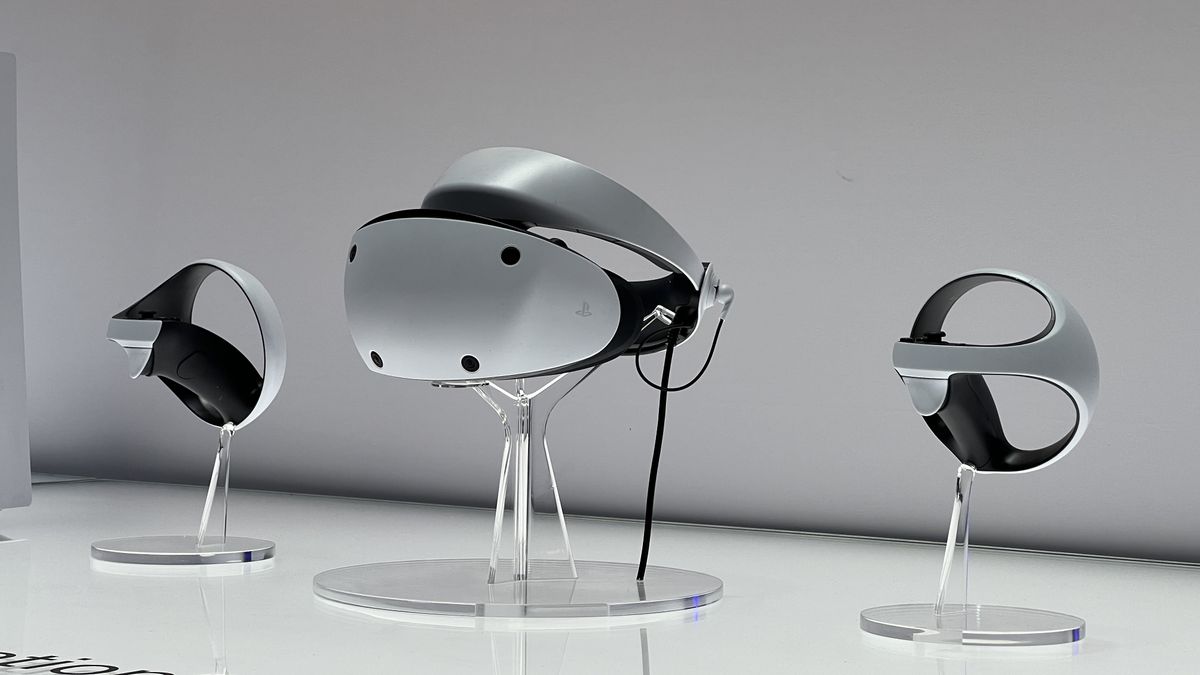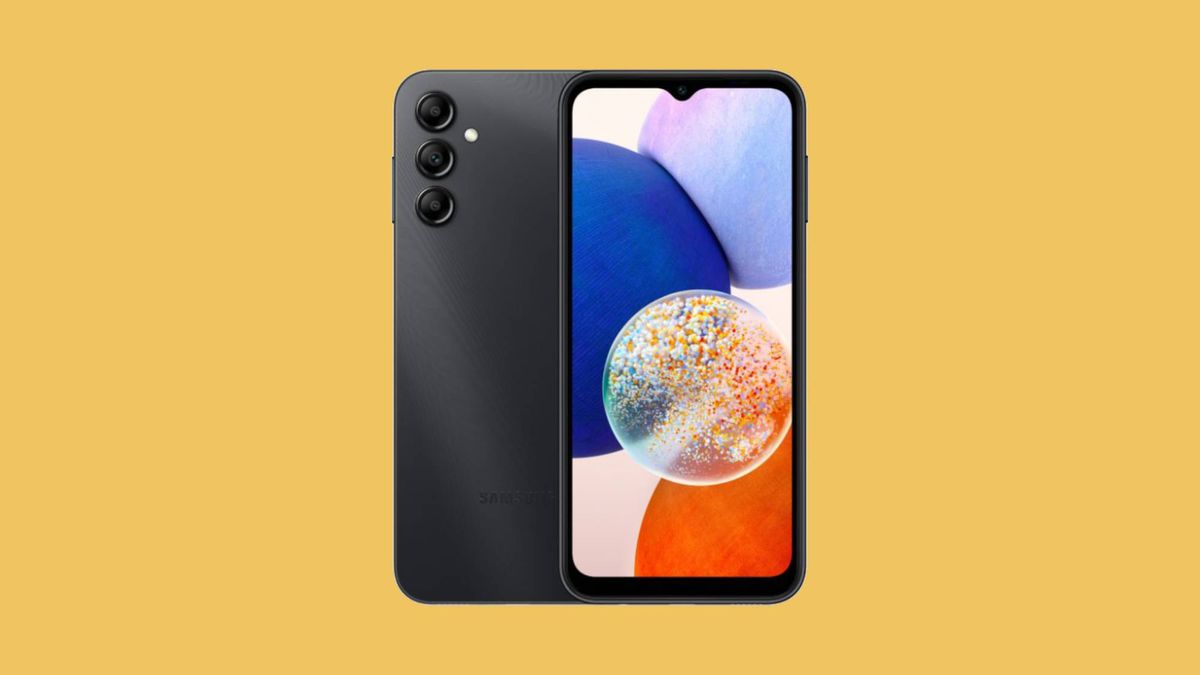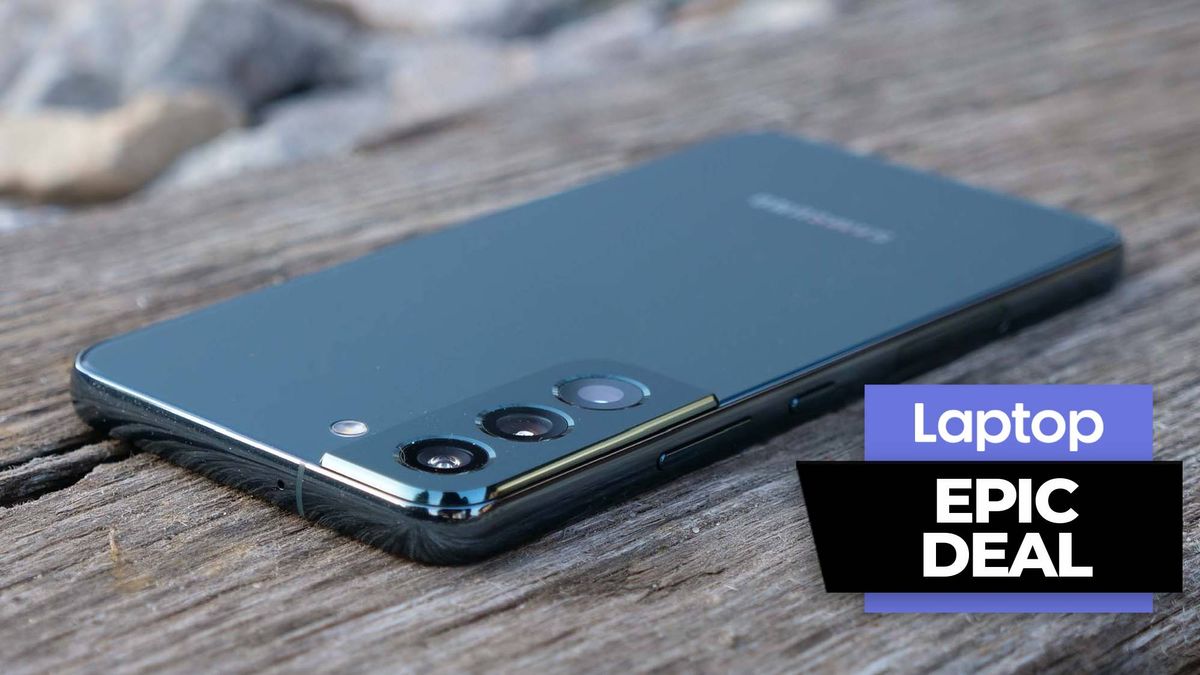I had an absolute blast getting my hands (and eyes) on with the PS VR2 headset. Sony’s new VR headset is arriving soon to the public, and with it comes controversial decisions, such as the lack of backwards compatibility and that $549 price tag. But let’s just say my own wallet might be opening up soon.
With a slate of 30 games on track for launch, including a free VR update to Gran Turismo 7, and a huge potential audience of 30 million PS5 owners (as Sony confirmed at CES 2023), everything is in place for this to be another successful piece of PlayStation hardware.
But is it worth the lofty asking price? What is the experience of using PS VR2 like? Let’s get into it.
PS VR2 price & availability
Let’s peel off the big metaphorical wax strip of pain first. The PS VR2 launches on February 22 at the lofty price of $549/£529.
For what you get specs-wise, that is a pretty good price, but we can’t ignore the fact that it’s more than the cost of a PS5 just for an optional accessory. At a time when we’re all penny pinching, this is quite a drastic purchase right now.
PS VR2 design & specs
If there is one word to sum up the stylings of the PS VR2, it’s “sleek.” From every angle, the headset looks really well thought-out, with an aesthetic that matches the color finish of your PS5 for a complete suite.
Packed inside this headset, you’ll find OLED displays with a 2000 x 2040-pixel resolution per eye and up to a 120Hz refresh rate, an IR camera for eye tracking, four embedded cameras on the outer shell for all your head and controller tracking, and a six-axis motion sensing system.
There is no built-in battery for wireless use, but the amount of cables needed to run it have been reduced to just one. That is a huge step up from the original PS VR — anything to prevent players from yanking the PS5 out of their TV stands.
PS VR2 comfort
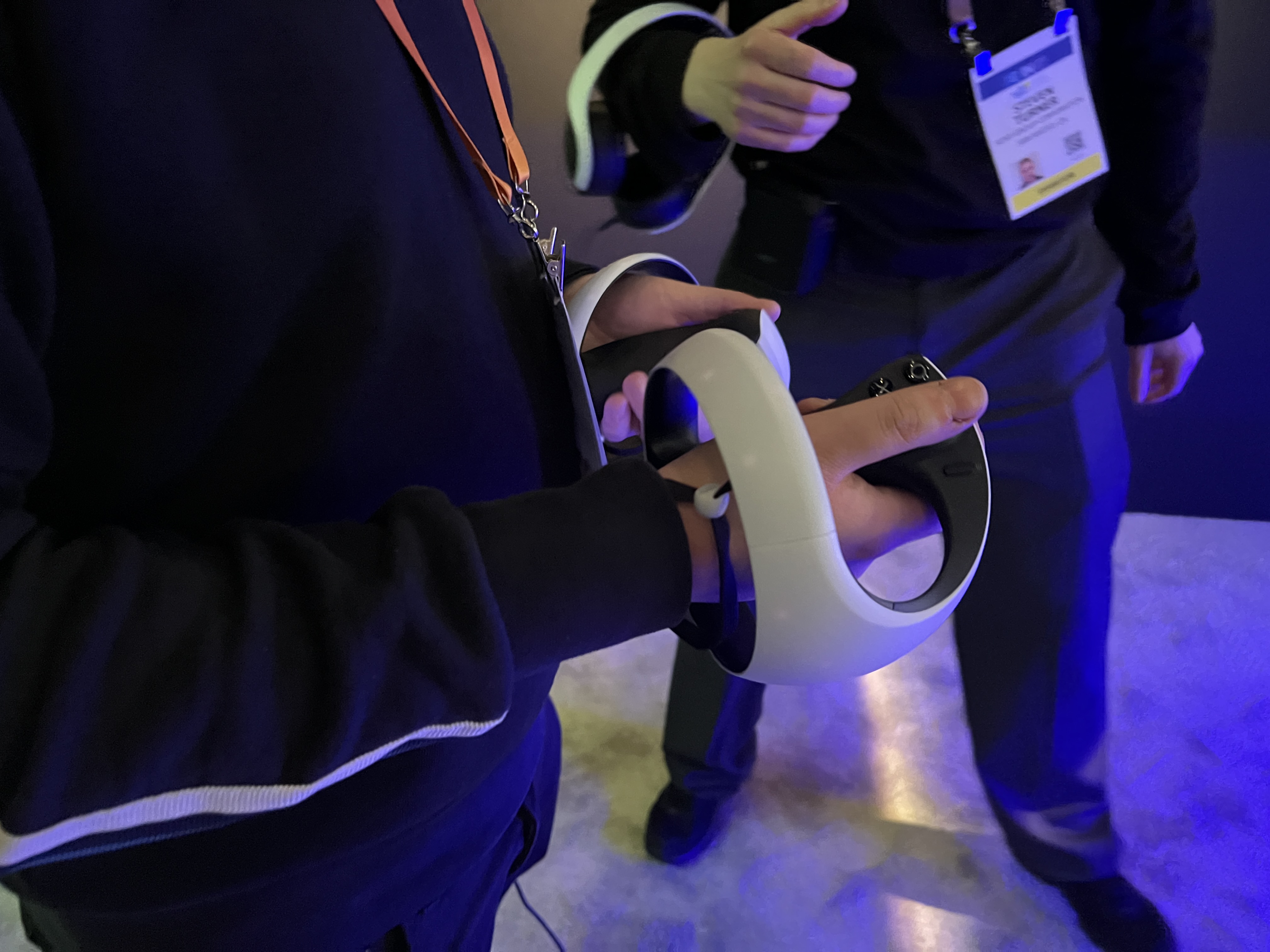
While we don’t have any official confirmation on weight or dimensions, a recently leaked PS VR2 manual stated that it weighs about 1.2 pounds (560 grams), which feels impressively light on the head for long-term use.
This is further improved upon with an easily adjustable design with cushioning in all the right places for a snug, secure fit. Plus, without the strap that goes over the top of your head, it doesn’t feel as constraining as the original PS VR.
The controllers are a gigantic step up from the first generation headset, too, with a lightweight, ergonomic design that welcomes your hands with graceful curves and buttons placed in logical places for your fingers to just fall into. Plus, there is an element of capacitive touch here that tracks finger movements pretty well.
PS VR2 setup
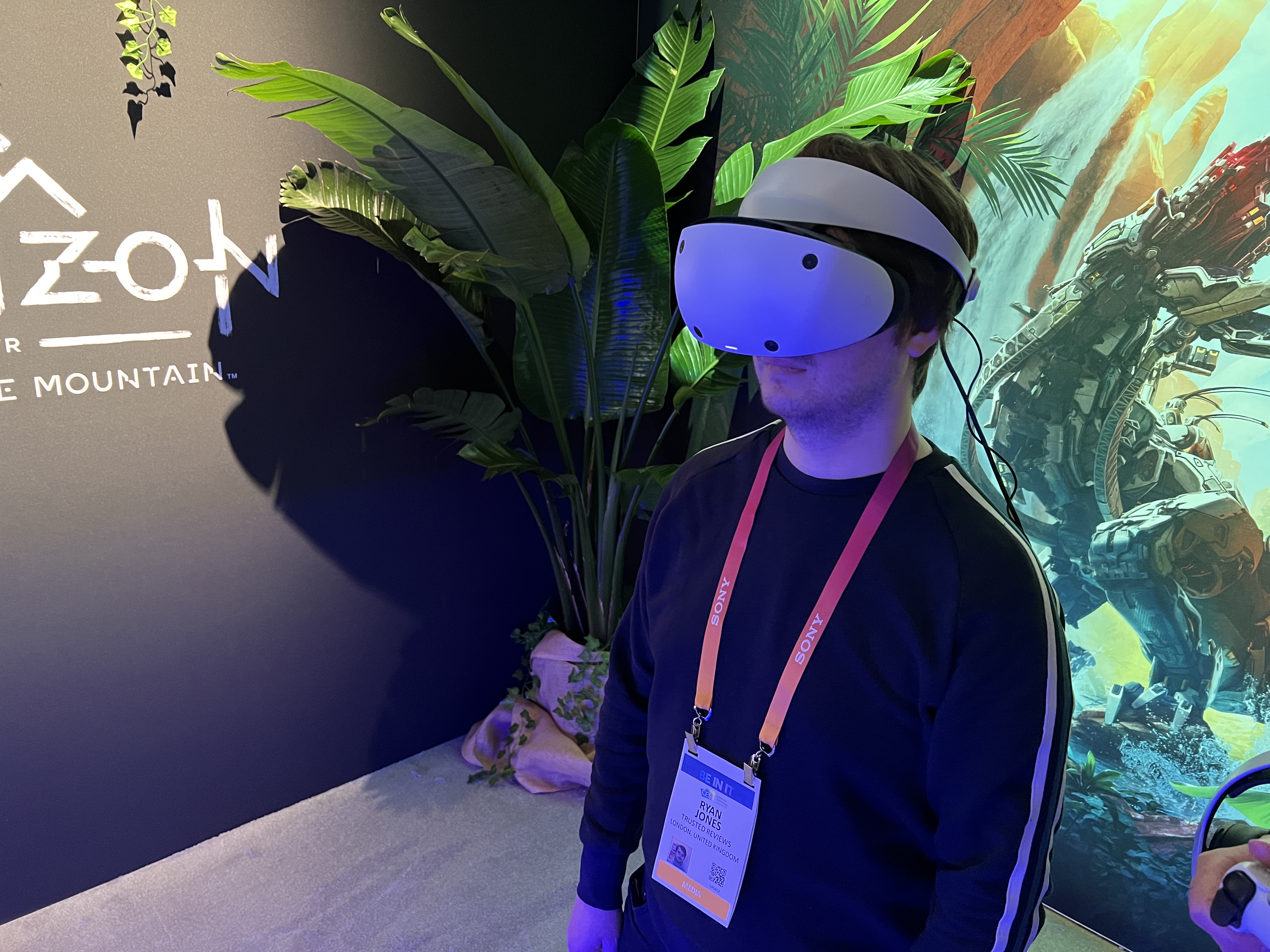
Setting up the PS VR2 to your needs was an absolute cinch. A dial on the left side of the headset adjusts eye positioning, which is then followed by an eye tracking test to optimize the camera to your movements. This is done by looking at a moving dot around the screen.
When complete, navigating menus and the world around you is a generational leap from the previous headset. Thanks to eye tracking, it’s super easy to look at what you want to select and zip around options.
PS VR2 gaming
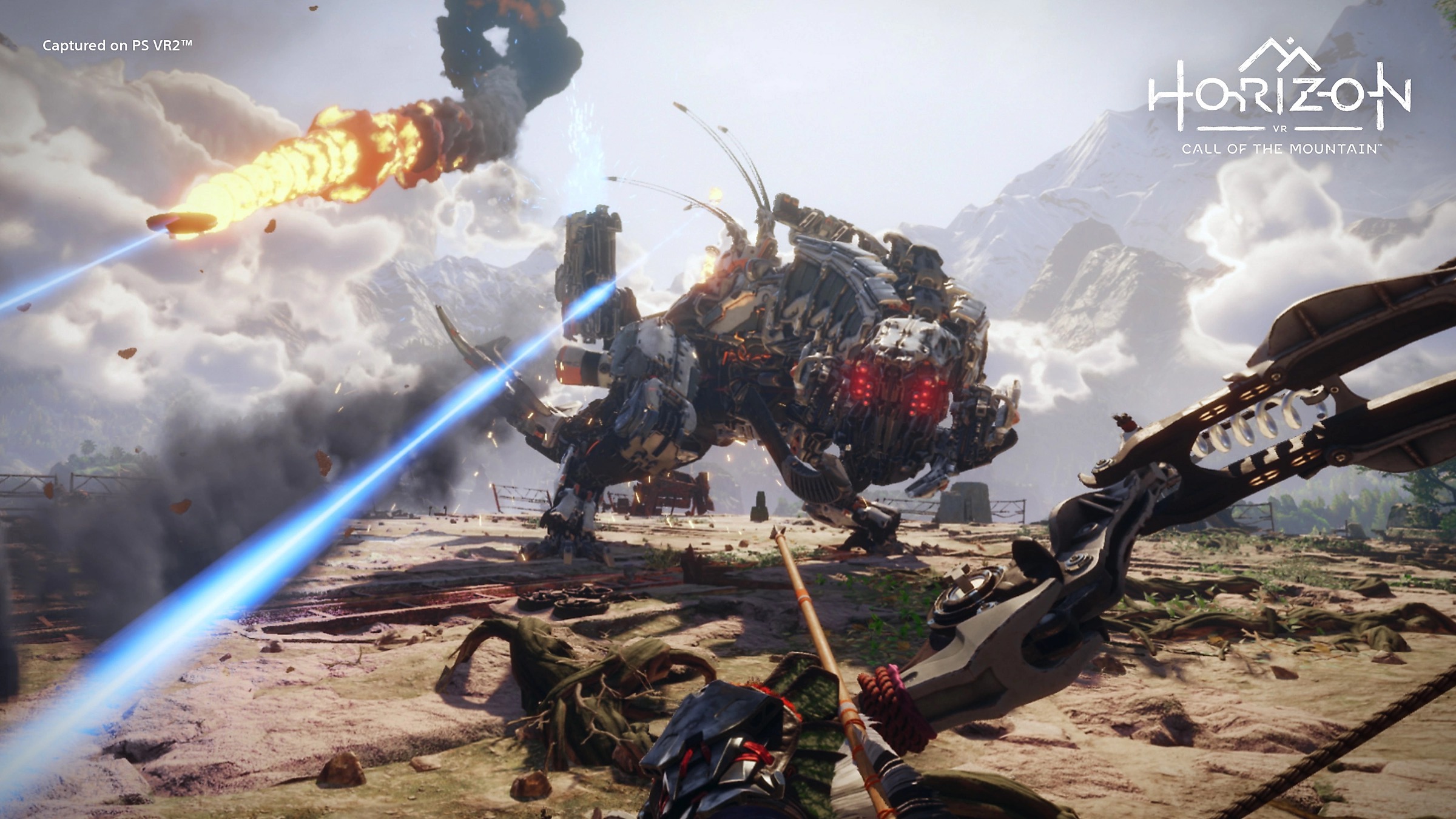
The demo I tried at the Sony CES stand was a 30 minute blast through Horizon Call of The Mountain, which made for a fantastic demonstration of just what the PS VR2 is capable of — immersing you back into the fascinating world of robot dinosaurs created by Guerilla Games as a disgraced former Carja soldier named Ryas.
I started by going through a scripted scene in a boat sailing down a stream, which is a great presentation of that huge amount of polish you get from a AAA PlayStation game. Rather than just watching the scene pass you by, you can put your hand in the water and feel it through haptics, move vines out of the way and duck your head underneath them, and grab a hold of many of the surfaces around you.
Then it’s time for traversal and combat, which is handled in the usual way of holding buttons and moving your arms in a running-like motion, with some moments where you climb the scenery. It all feels mostly intuitive, except for some small moments where you need to adjust the camera with the right analogue stick. I’d love to be able to just look around and find my next hand hold, but the complexity of certain scenes means it’s not always possible.
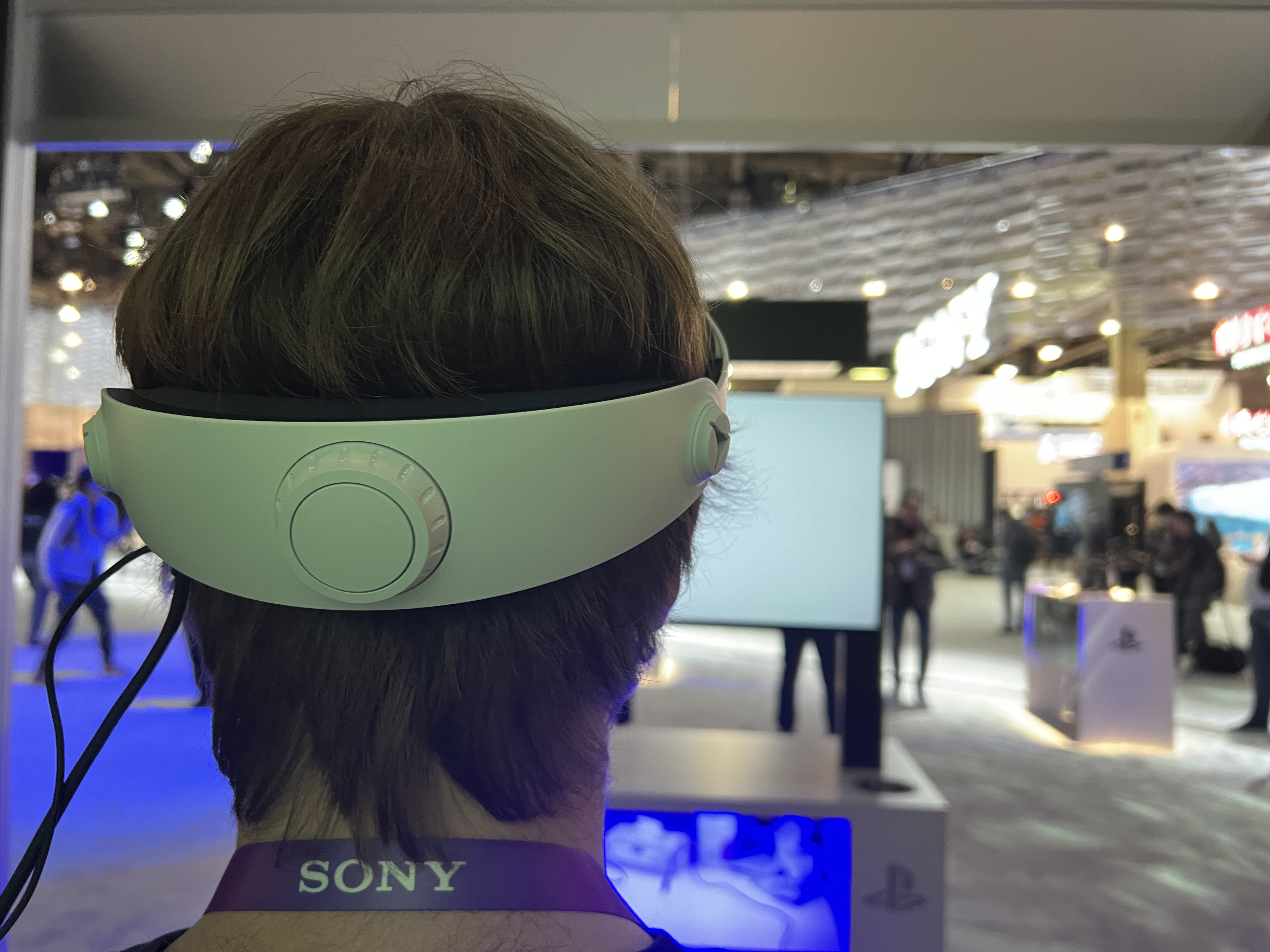
As for fighting the machines, the act of grabbing your bow from behind your shoulder and firing off shots feels as impressive as it sounds. I felt a sense of Legolas-style power as you launch arrows and try to hit the weak spots, whereas traversal is limited to a circle around the certain enemy you’re facing. That last bit may sound a little confined, but it helps to keep the combat gameplay focused.
Plus, there are DualSense-quality haptics all over the place — in both the controllers and the headset itself. The experience surprised me at first, and it’s kind of hard to describe the intangibles here, but it is a new level of immersion that helps you feel the moments around you.
Outlook
So, when you add all of this together, I have only one thing to say: the PS VR2 is easily one of the best VR experiences I’ve played with.
The visual fidelity and smoothness of the picture is incredible, the controllers feel great with impeccable haptics, and with what I call that “PlayStation polish,” the first party game experience immerses you in an interactive world — rather than just feeling like a simulation that passes you by.
I can’t say more until I get some proper hands-on time for a full review, but pricing aside (and if it is a bit of a struggle to afford, then there’s always Black Friday later in the year), there’s a lot to be excited about here.

